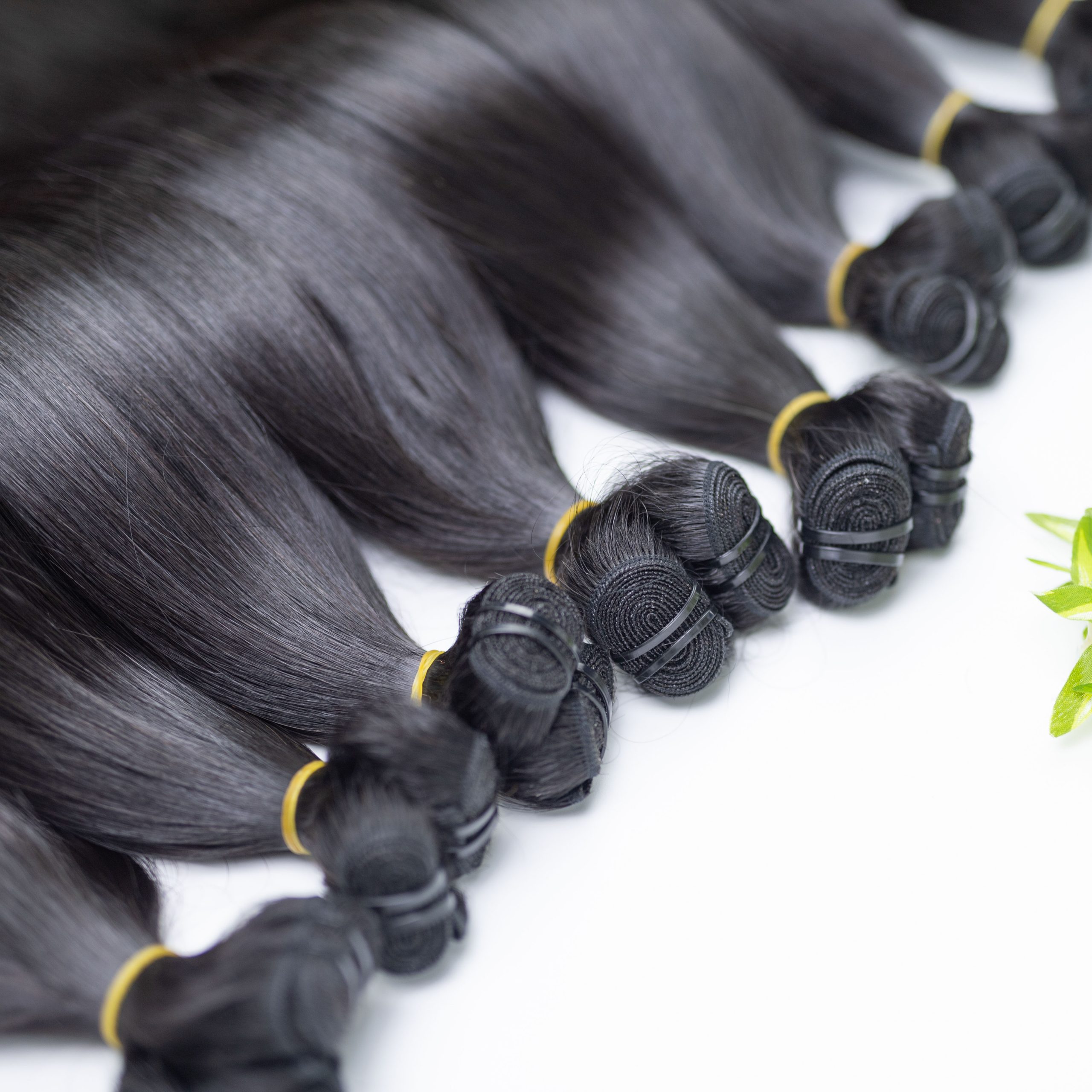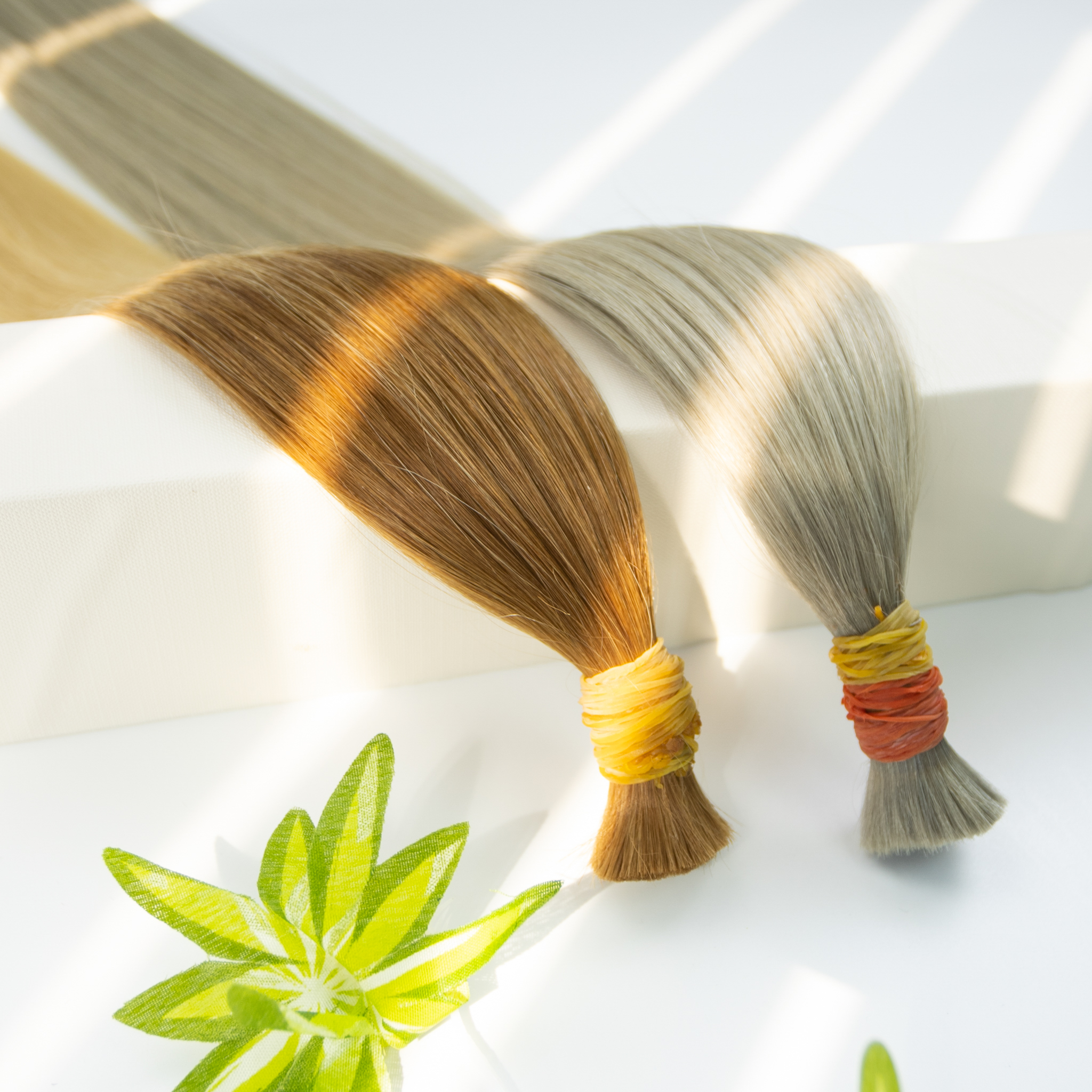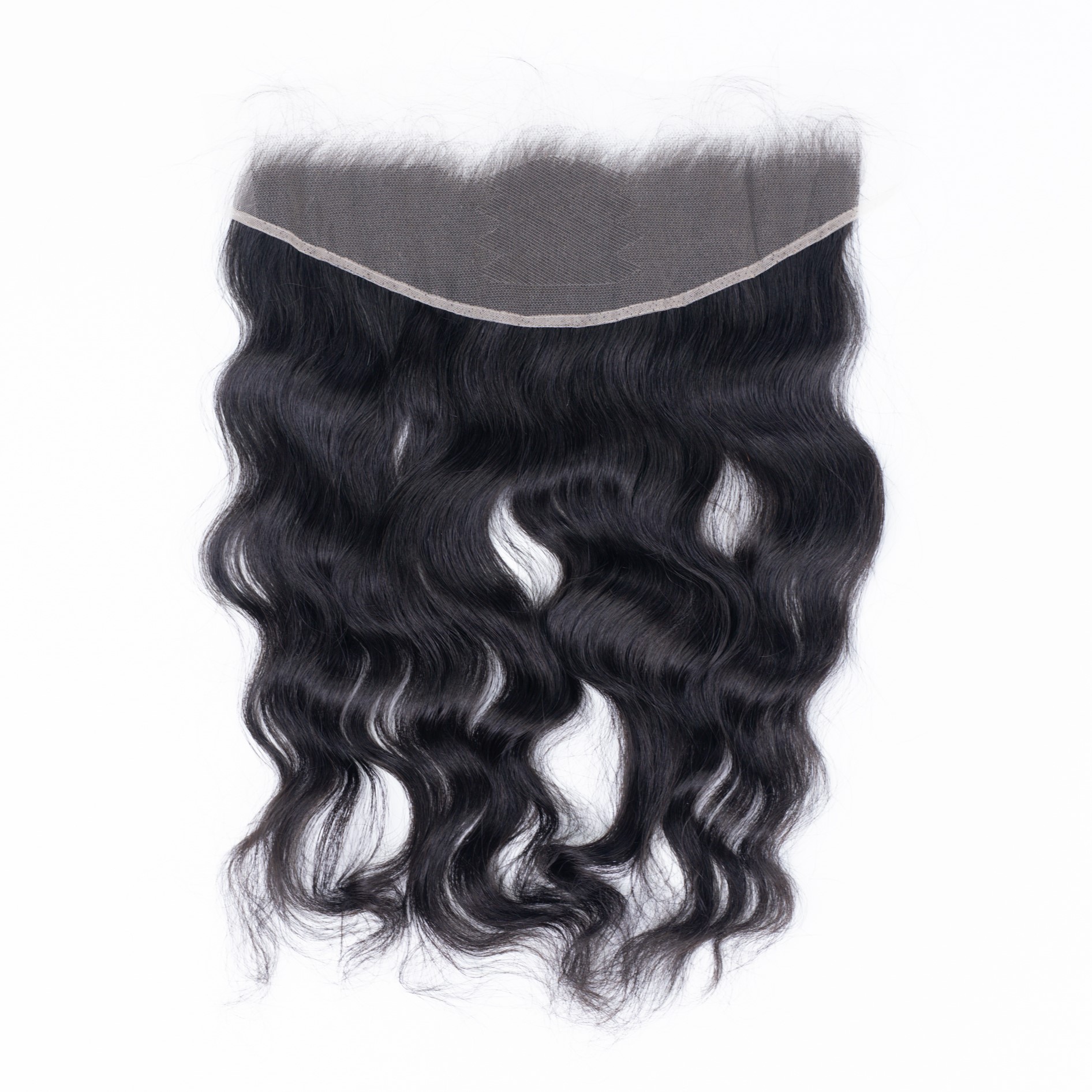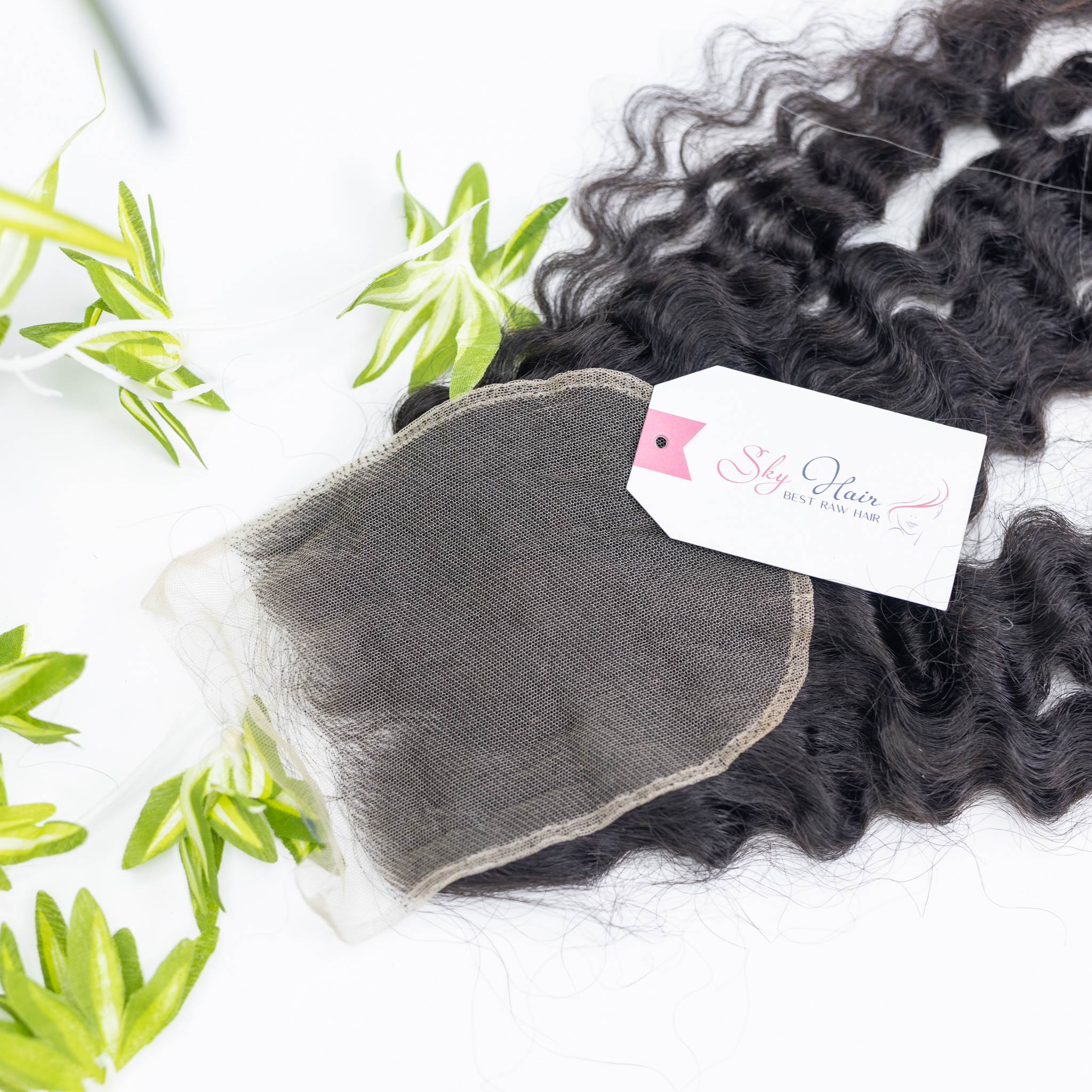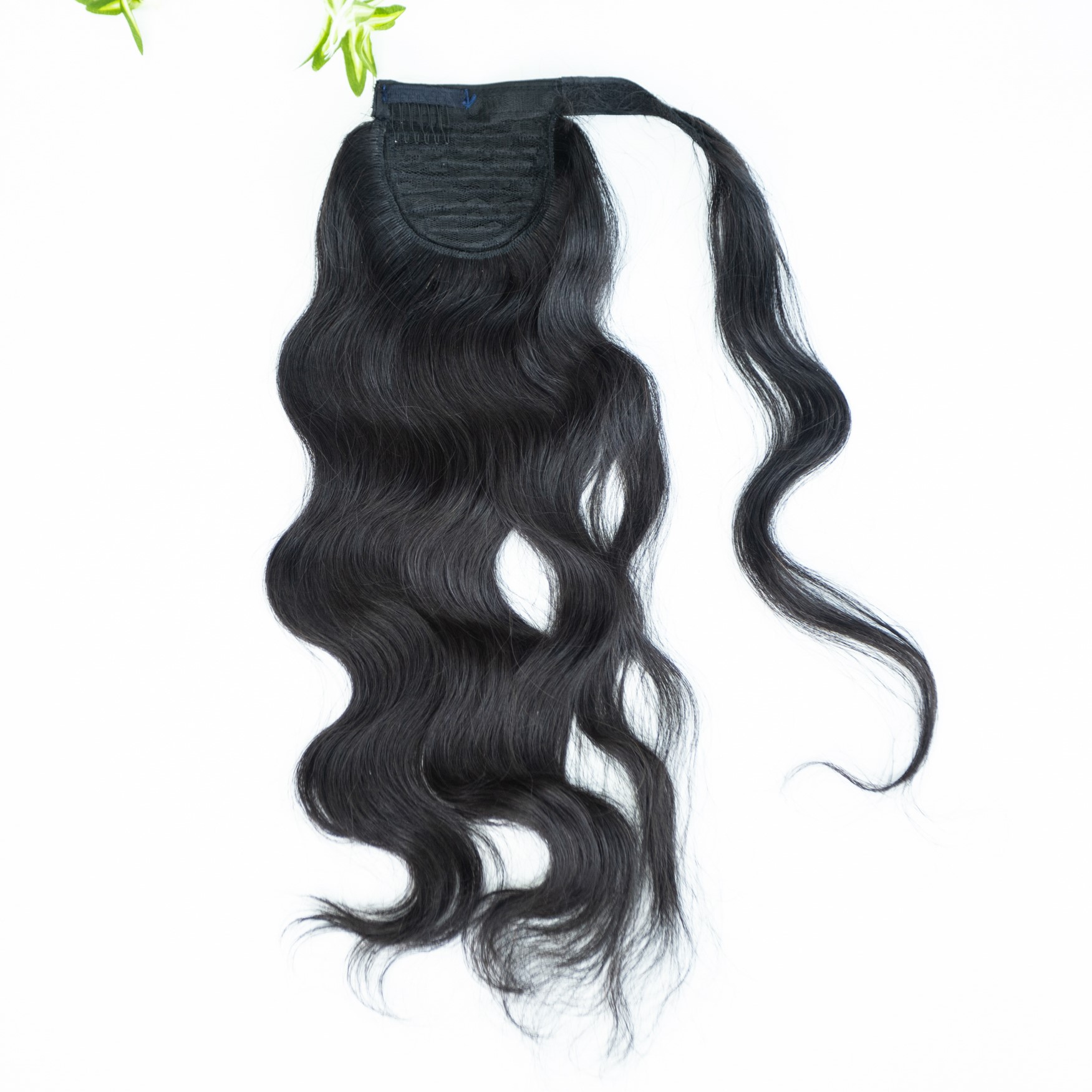You likely know that daily heat styling isn’t recommended. How often you can safely straighten your natural hair depends on the condition that your hair is in. If your mane is in any way dry, under-conditioned, damaged, or in any other less-than-healthy state, straightening very often will likely make things worse. A good rule of thumb is to consider what your hair has been through—if it’s been colored, or chemically straightened recently, it’s advisable not to heat style it for a couple of weeks at least. If, on the other hand, you’re good about keeping your hair protected, you can work out a flat iron schedule for you.
How Often Can You Straighten Your Hair Without Damage?
Like most things, the amount of heat styling your hair can take without damage will vary by your hair type, the condition your strands are in, and your technique. Usually, it’s best to straighten your hair a maximum of two or three times per week, but it really depends. The technique goes a long way, whether you prefer wearing straight styles more often than not or are working with preexisting damage.
In general, straighter, finer strands are more prone to damage, so if your hair falls into that category, you’ll want to minimize how often you straighten it and keep the temperature low. Wavy, curly, and coily textures will need a somewhat higher temperature for the flat iron to be effective, but you’ll still want to be mindful of how often and how long you apply heat to your hair. Ahead, our experts break it all down further by hair type.
Coily Hair
When working with coily hair, using tools designed for thicker hair can significantly affect the styling outcome. Keeping the hair well-moisturized is also crucial to prevent breakage and damage.
Begin by applying a heat protectant to the hair before blow-drying. Coily hair often requires extra hydration, so products containing shea butter and oils like castor and jojoba oil are ideal for prepping the hair before heat styling. Consider using a leave-in conditioner to aid in detangling and hair preparation.
Straighten coily hair by using the heat from a blow-dryer and a Denman brush. Start with towel-dried hair, working section by section, gently pulling the hair straight using your brush. Once dry, proceed to use the chase method, which involves running a flat iron through small sections of the hair to achieve a smooth and straight look. This technique is less damaging for coily hair, which tends to be more delicate.
Coily and curly strands can withstand higher heat temperatures. Aim for temperatures between 400 and 420 degrees Fahrenheit to minimize damage. Additionally, keep the flat iron in motion to prevent excessive heat exposure to a single spot.
Finish the styling process with a lightweight oil-based finishing product to further enhance hydration. While coily hair can be heat-styled more frequently, it’s advisable to minimize heat exposure to maintain hair health.
Curly Hair
Curly hair requires moisture, so it’s best to limit the use of heat to preserve its natural moisture levels. Moisturizing shampoos, conditioners, heat protectants, and smoothing balms can help protect curly hair from damage when straightening.
Begin by applying a heat protectant, to create a protective barrier that seals in moisture and reduces breakage when using hot tools.
It’s important to note that curly hair can handle higher temperatures. Start with a temperature setting of 400 degrees Fahrenheit, and avoid going higher than 420 degrees to prevent damage.
Investing in high-quality heat tools. can make a significant difference in preventing damage to curly hair.
Limit the frequency of straightening curly hair to no more than twice a week to maintain its health.
Wavy Hair
Wavy hair is easier to straighten than curly or coiled hair, but it still requires some care to avoid damage. To minimize damage, consider using a blow-dry hair brush to stretch the waves into a smoother, straighter finish gently.
Start with towel-dried hair and use a blow-dry cream to facilitate the straightening process.
Apply the heat protectant evenly, then work section by section with the blow-dryer hair brush to smooth out the hair. Some heat and gentle pulling are necessary to transition wavy hair into a straighter finish, but it doesn’t require the same level of force as with curlier or coiler hair types.
Maintain a temperature range between 250-375 degrees Fahrenheit to ensure safety while straightening. Finish the process with a ceramic or tourmaline flat iron to create a smoother look and control any residual waves.
As a general rule, limit the use of a straightener to protect the hair from damage. If you are concerned about damage or wish to repair damaged hair, give the hair a break from hot tools as often as possible. If you prefer daily heat styling, use reparative products, always apply a heat protectant, and exercise caution.
Straight Hair
When dealing with already straight hair, you don’t need to do much to achieve a sleek look. Nevertheless, you should minimize styling time to avoid heat damage and take certain steps to preserve the health of the hair.
The ideal temperature for straight, finer strands is lower, so select the lowest setting possible for the straight hair.
Layer stylers with heat protection as you progress from wet hair to hair preparation and styling.
Straight hair typically requires a quick and straightforward process. Once the hair is dry, use a flat iron to smooth it out. Given that hair is already naturally straight, it shouldn’t take more than five minutes to achieve an ultra-sleek result.
Due to the finer strands of straight hair, it’s best to use hot tools sparingly to prevent damage. It’s safer to keep the temperature lower, ideally between 350 and 380 degrees Fahrenheit, for fine, thin hair types.
Appropriate temperature settings are key, you can straighten the hair effectively and minimize the risk of damage. Remember that, regardless of the hair type, it’s essential to use heat protectants and prioritize the health and hydration of hair
